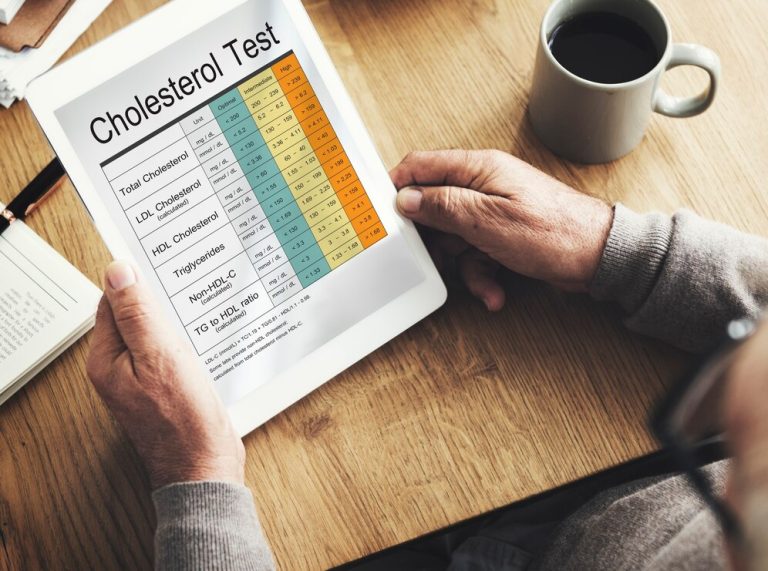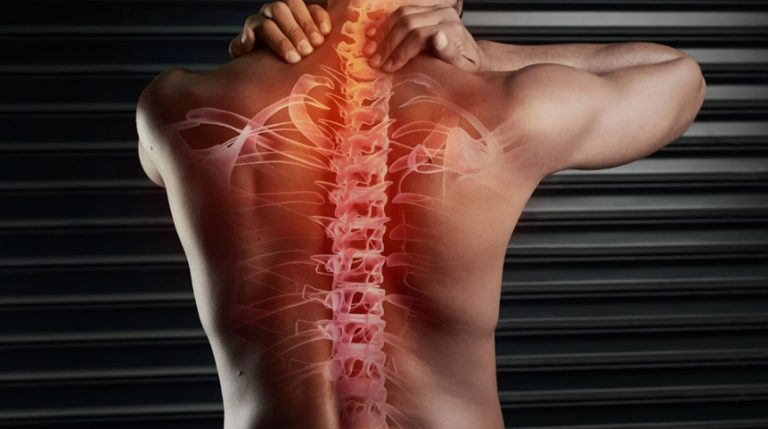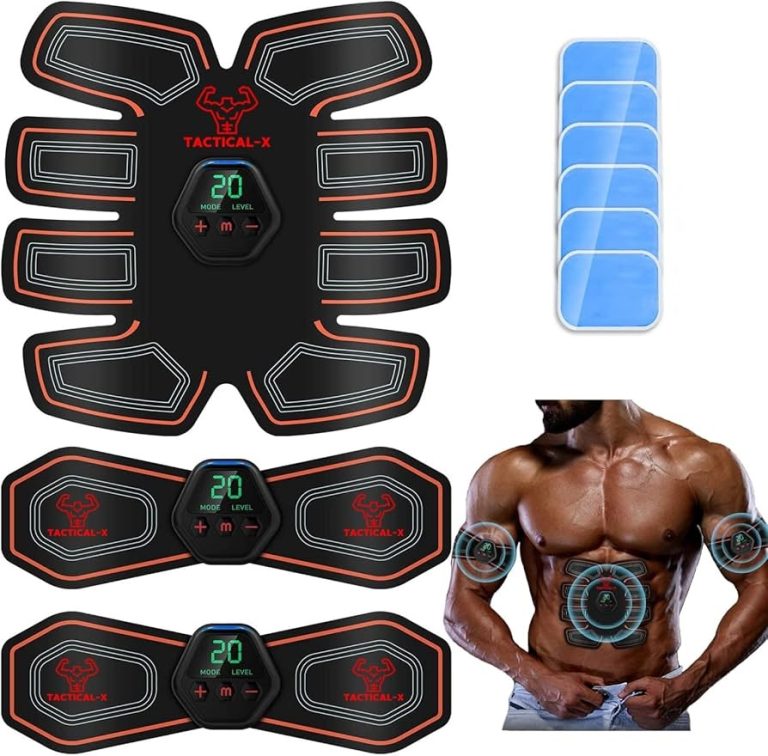In primary care settings, cholesterol testing is a fundamental component of cardiovascular risk assessment. Understanding the different types of cholesterol measured in blood results is key to making informed clinical decisions. Cholesterol results often involve several distinct parameters, including total cholesterol, low-density lipoprotein (LDL), high-density lipoprotein (HDL), and triglycerides. Each provides unique insight into a patient’s cardiovascular health, and interpreting these results correctly can significantly influence treatment plans and patient outcomes.
This article outlines the primary types of cholesterol tested in standard lipid panels, their clinical relevance, and considerations for healthcare professionals in the UK primary care setting.
- Total Cholesterol
Total cholesterol (TC) represents the sum of all cholesterol types present in the blood. While this value provides an overall picture of a patient’s cholesterol levels, it does not distinguish between the different forms of cholesterol, making it less specific for identifying cardiovascular risk. Typically, total cholesterol levels above 5 mmol/L are considered high and may warrant further investigation, particularly if other cardiovascular risk factors are present.
However, total cholesterol should not be interpreted in isolation. For example, a patient with high HDL levels may have a raised total cholesterol, yet still be at a lower risk of heart disease. Conversely, a normal total cholesterol level could mask high LDL levels, which are more predictive of atherosclerosis.
- Low-Density Lipoprotein (LDL) Cholesterol
Low-density lipoprotein (LDL) cholesterol is often referred to as “bad” cholesterol because it is primarily responsible for transporting cholesterol to the tissues, where it can accumulate and form atherosclerotic plaques. Elevated LDL levels are strongly associated with an increased risk of cardiovascular events such as heart attacks and strokes.
For most patients, LDL levels should be kept below 3 mmol/L, though targets may be lower for those at high risk of cardiovascular disease (CVD), such as patients with diabetes or a history of heart disease. In primary care, LDL is often the primary focus of cholesterol management, and guidelines from NICE recommend that patients with elevated LDL levels should be considered for lifestyle interventions or lipid-lowering medications like statins.
- High-Density Lipoprotein (HDL) Cholesterol
High-density lipoprotein (HDL) cholesterol, often termed “good” cholesterol, plays a protective role in cardiovascular health by transporting cholesterol away from the arteries and back to the liver for processing and excretion. Higher levels of HDL are associated with a reduced risk of heart disease.
In general, HDL levels above 1 mmol/L in men and 1.2 mmol/L in women are considered protective, though it is worth noting that simply having high HDL does not entirely negate the risks associated with elevated LDL or total cholesterol. In fact, recent research suggests that extremely high HDL levels may not always confer added benefit and could be associated with other health risks.
Therefore, it is essential to interpret HDL levels within the broader context of the patient’s overall lipid profile and cardiovascular risk factors.
- Triglycerides
Triglycerides are another key component of lipid panels, though they are not technically a type of cholesterol. Instead, triglycerides are a form of fat that circulates in the bloodstream. High levels of triglycerides are often linked with conditions like obesity, diabetes, and metabolic syndrome and can significantly elevate cardiovascular risk, especially when combined with high LDL and low HDL levels.
Normal triglyceride levels are typically below 1.7 mmol/L, with elevated levels potentially indicating increased cardiovascular risk. Very high levels (above 10 mmol/L) can also increase the risk of acute pancreatitis. Triglycerides are highly sensitive to lifestyle factors such as diet, physical activity, and alcohol intake, so managing elevated triglycerides often involves lifestyle interventions in addition to pharmacological treatment.
The Importance of Context in Cholesterol Interpretation
Interpreting cholesterol results is not simply a matter of identifying high or low values. Healthcare professionals must consider the patient’s broader cardiovascular risk profile, including factors such as age, family history, smoking status, blood pressure, and co-existing conditions like diabetes. Tools like the QRISK3 calculator are commonly used in UK primary care to estimate a patient’s 10-year risk of developing cardiovascular disease, incorporating cholesterol levels alongside other risk factors.
For patients with elevated LDL or total cholesterol, lifestyle interventions are the first line of defence. Encouraging dietary changes, increased physical activity, and smoking cessation can significantly lower cholesterol levels and improve overall cardiovascular health. In cases where lifestyle modifications are insufficient, statins or other lipid-lowering medications may be prescribed based on clinical guidelines.
References:
- NICE (2023) Cardiovascular disease: risk assessment and reduction, including lipid modification. Available at: www.nice.org.uk [Accessed 2 October 2024].
- NHS England (2023) Cholesterol: diagnosis and management. Available at: www.nhs.uk [Accessed 2 October 2024].
For a further look at interpreting blood test results, check out PDUK’s resource on understanding blood test reference ranges:
- Understanding Blood Test Reference Ranges: What’s Normal and What’s Not – This article offers valuable insights for healthcare professionals, helping you interpret common blood tests and improve patient care.











